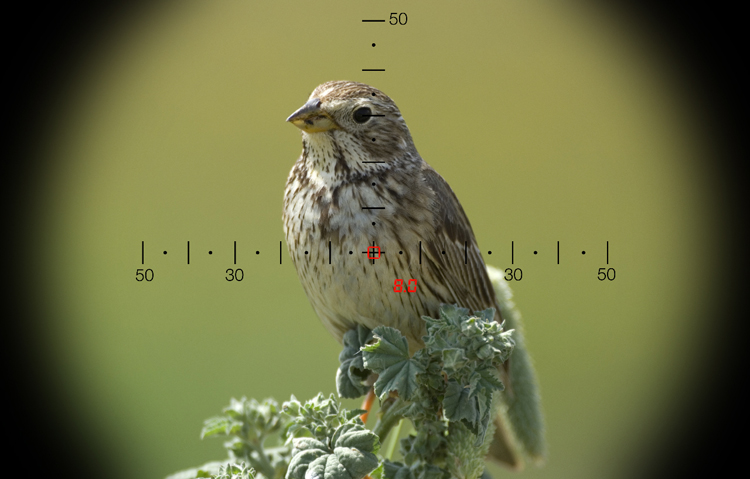Distributed environmental research infrastructures are important to support assessments of the effects of global change on landscapes, ecosystems and society. These infrastructures need to provide continuity to address longterm change, yet be flexible enough to respond to rapid societal and technological developments that modify research priorities. This horizon scanning exercise was done to identify and prioritize emerging research questions for the future development of ecosystem and socio-ecological research infrastructures in Europe. Twenty research questions covered topics related to ecosystem structures and processes, the impacts of anthropogenic drivers on ecosystems, ecosystem services and socio-ecological systems, and methods and research infrastructures. Several key priorities for the development of research infrastructures emerged. Addressing complex environmental issues requires the adoption of a whole-system approach, achieved through integration of biotic, abiotic and socio-economic measurements. Interoperability among different research infrastructures needs to be improved by developing standard measurements, harmonizing methods, and establishing capacities and tools for data integration, processing, storage and analysis. Future research infrastructures should support a range of methodological approaches including observation, experiments and modelling. They should also have flexibility to respond to new requirements, for example by adjusting the spatiotemporal design of measurements. When new methods are introduced, compatibility with important longterm data series must be ensured. Finally, indicators, tools, and transdisciplinary approaches to identify, quantify and value ecosystem services across spatial scales and domains need to be advanced. In summary, to address complex scientific issues sophisticated research infrastructures are required that operate in the longterm, and cover large spatial scales as well as multiple dimensions of ecosystems and socioecological systems. The combined network of LTER sites, LTSER platforms and Critical Zones Observatories offers great potential as a distributed infrastructure. LTSER platforms should be developed into pilot areas that will allow researchers, managers and decision makers to make evidence-based choices which centre on finding the balance between sustaining landscapes and the demands placed upon them by different stakeholders. informacion[at]ebd.csic.es: Musche et al (2019) Research questions to facilitate the future development of European longterm ecosystem research infrastructures: A horizon scanning exercise. J Environ Management DOI 10.1016/j.jenvman.2019.109479
https://www.sciencedirect.com/science/article/pii/S0301479719311971








 Las altas temperaturas están provocando que las lagunas y las marismas de Doñana pierdan agua rápidamente
Las altas temperaturas están provocando que las lagunas y las marismas de Doñana pierdan agua rápidamente



